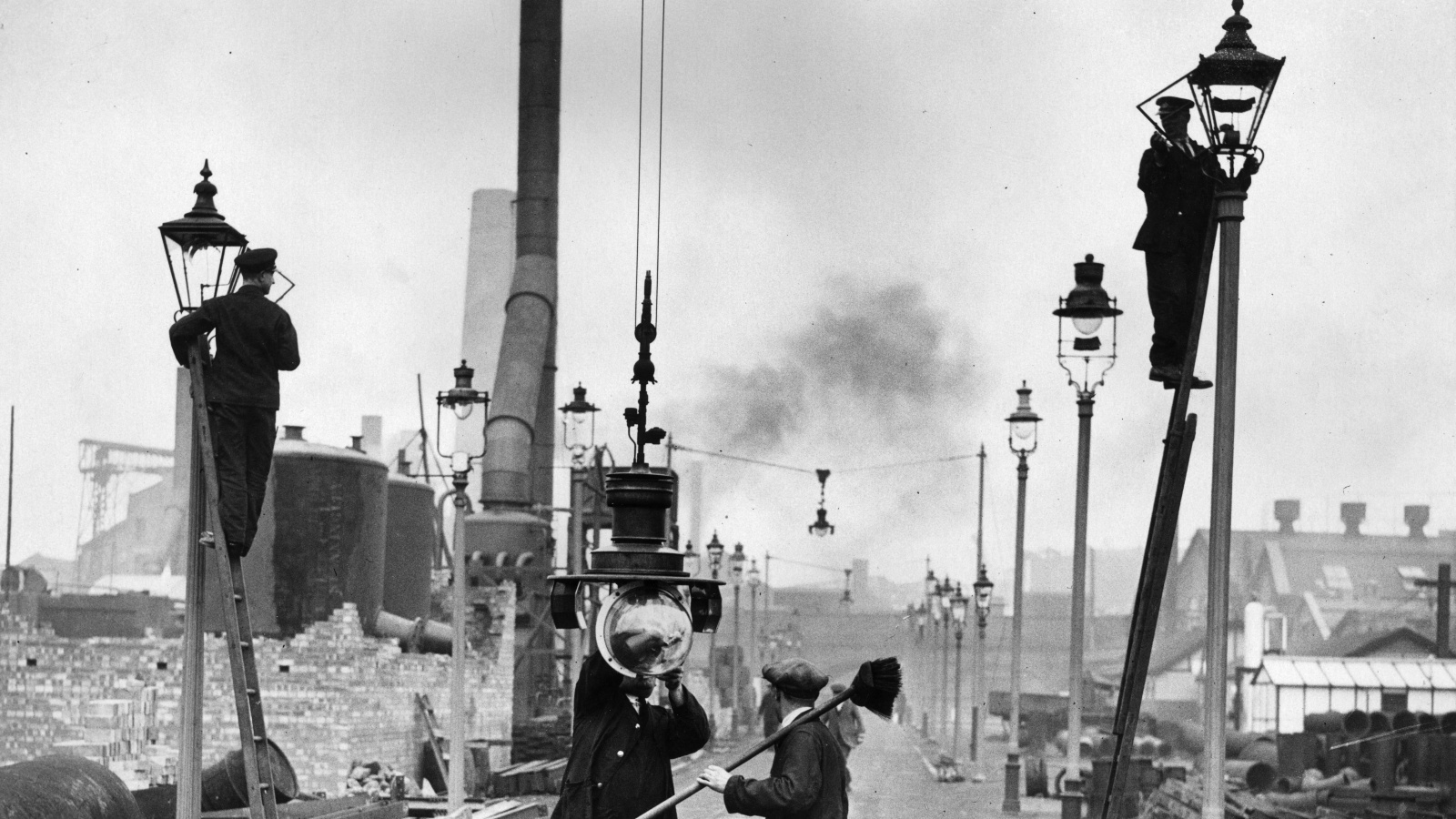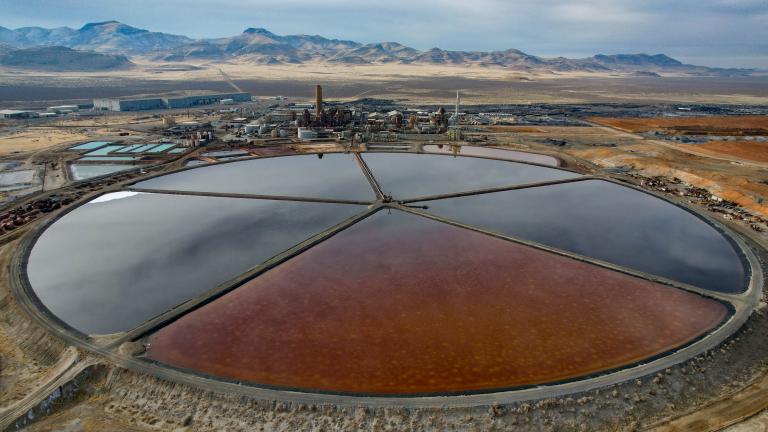Seemingly overnight, the gas stove in nearly one of three homes in the country became an appliance of controversy, bringing possible comparisons to cigarettes on one side and accusations of government overreach on the other.
The fight started when a commissioner for the Consumer Product Safety Commission, or CPSC, said the agency could soon increase regulations and a potential ban on gas stoves, citing the appliance’s public health risks.
“This is a hidden hazard,” Richard Trumka Jr., commissioner for the CPSC, a federal agency responsible for recalling products like baby swings and bicycles to reduce harm to consumers, told Bloomberg in an interview. “Any option is on the table. Products that can’t be made safe can be banned.”
Since that interview, the debate has boiled over. Claims of a “federal gas stove ban” circulated while the Wall Street Journal editorial board and numerous conservative lawmakers hopped into the fray, blaming the Biden Administration for “forcing all buildings to use electricity for everything.”
Ronny Jackson, a Texas Republican Congressman representing The northern tip of the state near Oklahoma, said, “If the maniacs in the White House come for my stove, they can pry it from my cold dead hands.”
Around 40 million homes (or roughly 35 percent of all U.S. houses) use a gas stove to make food. According to 2021 data from the Energy Information Administration, the top five states that use natural gas are Texas, California, Pennsylvania, Louisiana, and Florida, respectively.
“To be clear, I am not looking to ban gas stoves and the CPSC has no proceeding to do so”
Alexander Hoehn-Saric, chair of the CPSC
The outcry over outlawing the appliance comes on the heels of a study linking use of gas stoves in homes to almost 13 percent of cases of childhood asthma in the country. The study found that these appliances emit pollutants that have been linked to respiratory problems, like asthma, such as benzene, nitrogen dioxide, and carbon monoxide. Released in late December, the study compares the use of a gas stove in the home to risks associated with second-hand smoke exposure. The American Gas Association, a natural gas trade organization, vehemently denounced the study, saying it isn’t sound science.
“Attempts to generate consumer fears with baseless allegations to justify the banning of natural gas is a misguided agenda that will not improve the environment or the health of consumers and would saddle vulnerable populations with significant costs,” the industry group said in a statement.
However, there is no federal gas stove ban in the works.
In a statement provided to Grist, Alexander Hoehn-Saric, chair of the CPSC, said the agency is looking for ways to reduce emissions and indoor air quality hazards. The agency is gathering information and will open a period of public comment this spring to inform future decisions, but Hoehn-Saric cleared the air about the ongoing gas stove shellacking.
“But to be clear, I am not looking to ban gas stoves and the CPSC has no proceeding to do so,” he said in the statement.
The gas stove debate continues a trend of concerns and outcry about the plausibility of implementing and achieving a carbon-free energy transition, from trying to get fossil fuels out of your home to struggles finding a place to charge an electric vehicle.
Gas stoves have been studied and shown that they leak methane, a main component in natural gas, which both traps more heat in the Earth’s atmosphere and has been responsible for 30 percent of the planet’s warming to date. Studies have also shown that these stoves leak toxic chemicals, contributing to health risks besides asthma, such as anemia, immunity issues, and cancers.
Environmental justice advocates have pushed for the removal of gas stoves from public housing, citing disproportionate rates of women and children affected by the use of gas appliances for cooking in the home, coupled with studies that point to increased rates of asthma in Black and Latino children as compared to white children.
The heated response to news of a consumer safety update was not surprising to Matt Casale, director of environment campaigns for the U.S. Public Interest Research Group, or PIRG, a nonprofit advocacy group focused on consumer protection, public health, and transportation, because of personal attachment to everyday items.
“There are kitchen table issues and this is literally a kitchen issue. Cooking and food are such an important part of our lives,” Casale told Grist.
But, Casale said any regulatory update has been years in the making, with studies and research focusing on the health risks and lack of consumer information, such as warning labels on gas stoves, being a priority for consumer groups.
He said PIRG, just like the federal agency, is not looking for an all-out ban on gas stoves but has suggestions to mitigate health risks from respiratory illnesses, such as mandatory ventilation hoods, emergency shut-offs when high levels of pollutants release, and warning labels on gas stoves.
“It’s like seatbelts in cars. These are core things that we can do to protect ourselves and that’s what the agency is trying to get at and that’s what we’re hoping to see,” Casale said.
Some communities have already shifted away from natural gas use and gas stoves in homes and businesses. Berkeley, California — home of the “electricity everything” movement — banned natural gas in new buildings starting in 2019, becoming the first city in the country to do so. Since then, large cities like San Francisco and New York City have passed similar bans, with almost 80 other cities across the nation following suit.
But, these bans and studies have also sparked outrage from industry groups and some conservative lawmakers, causing a wave of preemptive laws that prevent local governments from banning natural gas hookups. When Berkeley announced the natural gas ban, the California Restaurant Association sued the city over the ruling, citing chefs’ training inclining them to cook with gas over electricity. The group lost the suit but has since filed an appeal.
Cooking with an electric induction stove is not a momentous change, according to Michael Godlewski, a professional chef with 20 years of experience. It took him “a day of recalibrating mentally” the times needed for certain dishes in the pan and for the stove to get to the appropriate temperature.
Godlewski, chef/owner of Eat Your Veggies, a Pittsburgh restaurant that focused on vegetables as the main ingredient with meat and protein as an accompaniment, installed electric induction ovens throughout his new restaurant when constructing his recently opened space.
Godlewski’s kitchen is fully electric, from the four induction burners to the griddle. He said that the concern over the environmental impact was present in his decision-making, but the main decision was employee comfort and health.
“It gets hot in kitchens, it gets tight,” Godlekwsi told Grist, “and with induction and electric [stoves], we have a relatively cool, comfortable kitchen space where, even when we’re busy, you’re not feeling like you’re getting doused in sweat.”
He said he has been able to cut down on energy usage as induction stoves don’t need to be left on for long periods, like gas stoves, to reach the needed commercial cooking temperatures.
While he welcomes the electric push, he did voice concern that if there is a ban or strict regulations, assistance to help businesses and families make that transition is needed to purchase electric stoves as well as proper cookware needed for the units.
“Cookware can get expensive too, especially if you’re looking for induction,” Godlewski said. “So that’s an impediment to having people fully embrace that transition. But I think once you work on an induction cooktop, or something like that, you never want to go back.”





